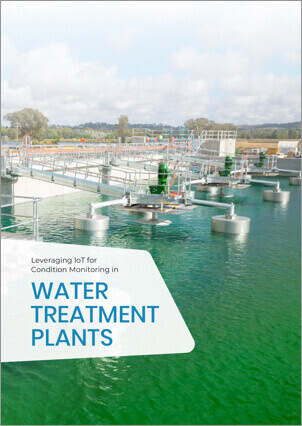Share your requirements and we'll get back to you with how we can help.
Thank you for submitting your request.
We will get back to you shortly.
IoT for Condition Monitoring and Predictive Maintenance in Water Treatment Plants
Client
A leading power and water utilities company.
Industry
Utilities
Overview
Centrifugal and high-pressure pumps are the most important assets at water treatment plants. To monitor performance and efficiency of these pumps, our client followed a calendar-based vibration and temperature monitoring process that captures data based on a predetermined schedule. This data is manually entered into a spreadsheet, and forms the baseline to analyze threshold variations. Apart from the time and effort involved, this process was highly error-prone. Inability to identify and determine cause of deviation from normal values often led to time- and cost-intensive breakdowns.
To overcome the problems associated with manual monitoring of pumps, we proposed SeeMyMachinesTM, an Industrial Internet of Things (IIoT) solution for condition monitoring and predictive maintenance.

